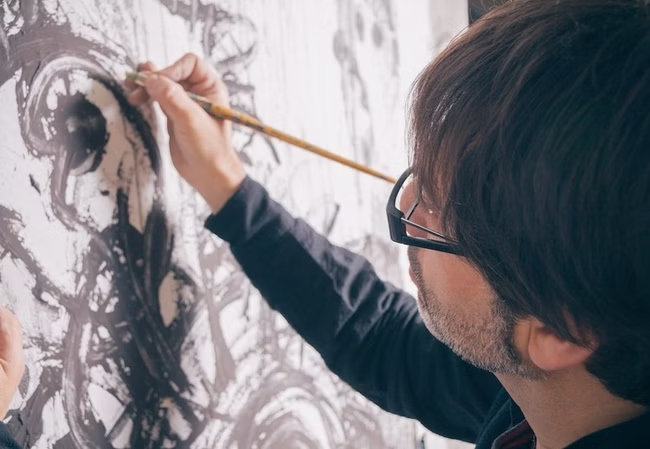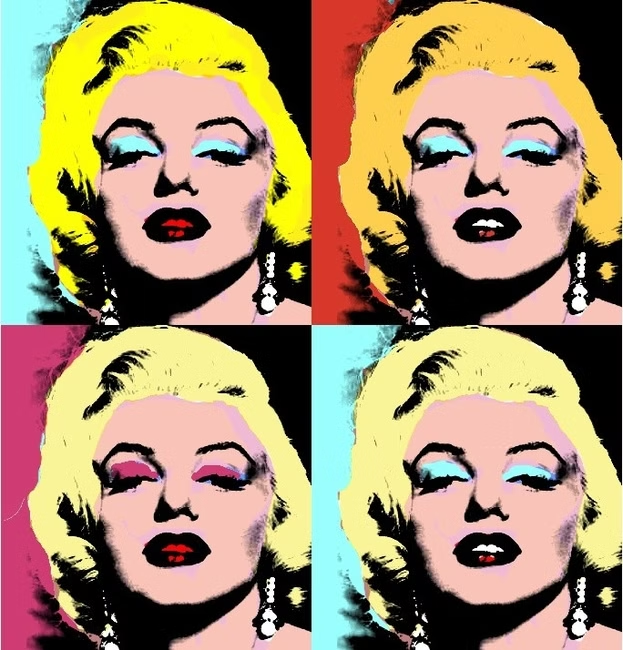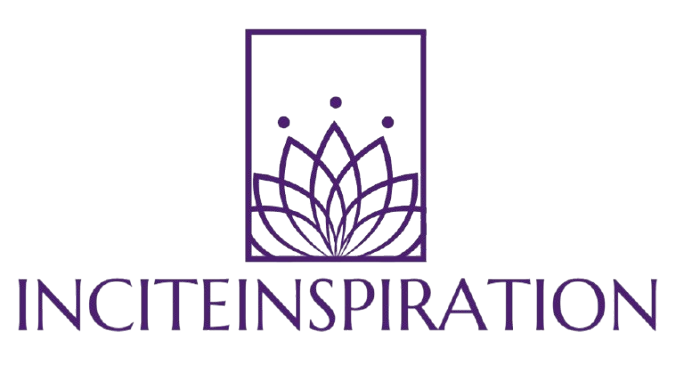Every artist carries a story—a personal journey defined by inspirations, struggles, and triumphs. An artist statement is your opportunity to share that story in your own words. It’s a brief, intimate introduction that provides insight into your work, its driving motivations, and the creative processes behind it. In a world where art is often interpreted subjectively, a clear artist statement guides viewers toward a deeper understanding of your vision and helps establish your credibility as a creative professional.
What Is an Artist Statement?
Simply put, an artist statement is a short, personal essay that explains the concepts, themes, and ideas behind your art. It functions as a window into your creative soul, offering context and clarity when you’re not there to explain your work in person. Whether you are showcasing your work on a portfolio website, applying for a gallery exhibition, or submitting a grant proposal, your artist statement plays a crucial role. It should not only describe what you do but also reveal why you do it—bridging the gap between your art and its audience.

The Structure of a Captivating Artist Statement
Creating an effective artist statement begins with understanding its core purpose: it’s all about you. Consider these guiding questions as you write:
- What is the intent behind your art?
Delve into what drives your creative output. What questions are you addressing through your work? How does your art reflect your personal experiences or philosophical outlook? - What unique perspective do you bring?
Highlight what sets you apart from other artists. This might include your background, influences, or the specific techniques and materials you use. - Who is your audience?
Tailor your language to connect with your viewers. An effective statement speaks directly to them, inviting them to see your work through your eyes.
Ideally, your statement should be concise—between 100 to 150 words. Begin with a compelling opening sentence that draws your reader in, then describe the essence of your artistic vision in a focused paragraph. Follow up with brief insights into your creative process and the mediums or techniques you employ. Keep your language simple, direct, and free of unnecessary jargon. Use active voice and first-person narrative—“I create,” “I explore”—to ensure your statement feels personal and engaging.
Do’s and Don’ts for a Powerful Statement
When writing, a few best practices can help you communicate your narrative effectively:
- Do:
- Keep it short and specific. Clarity is key.
- Use active voice to forge an immediate connection.
- Focus on the ‘why’ behind your work—what inspires you, what emotions you wish to evoke.
- Ensure your statement is free of spelling or grammatical errors by reviewing it multiple times or using tools like Grammarly or the Hemingway App.
- Gather feedback from peers or mentors. Sometimes reading your statement aloud can help you catch inconsistencies or overly complex phrases.
- Don’t:
- Fall into the trap of grandiose language that may sound pretentious. Avoid clichés and overly elaborate descriptions.
- Overwhelm your audience with technical details or your full resume. The statement should complement your bio, not duplicate it.
- Use passive voice or generic terms that dilute the personal nature of the statement.
- Include irrelevant details unrelated to your artistic vision.
Inspiration and Perspective: Shaping Your Statement
One of the best ways to begin is by reflecting deeply on what inspired you to start creating art in the first place. Perhaps it was a childhood memory, a transformative experience, or a sudden burst of inspiration that changed the way you see the world. Use this spark as the foundation of your statement. For instance, if your work is deeply influenced by nature or cultural heritage, mention how these elements shape your creative process.

By sharing your inspiration, you offer viewers a context that transforms a simple piece of art into an invitation to explore a deeper narrative. Viewers appreciate knowing that what they see is not just an aesthetic composition but the culmination of personal passion and deliberate intent.
Integrating Your Statement into Your Professional Portfolio
An artist statement goes hand-in-hand with your online portfolio. In today’s digital age, your portfolio website is your professional calling card. Alongside high-quality images of your work, your statement helps establish who you are as an artist and why your work matters. Whether submitting your portfolio to galleries, collectors, or for grant opportunities, your artist statement will serve as the concise narrative of your creative identity.
Platforms like Pixpa or other website builders allow you to create personalized, minimalist portfolio websites that showcase not only your art but also your journey as an artist. When your statement is coupled with a well-organized online presence, you build credibility and invite engagement from a broader audience.
Final Thoughts: Your Artistic Journey in Words
An artist statement is not merely a description—it is an extension of your art. It captures the spirit of your work and translates it into words that resonate with anyone who experiences your art. As you continue to evolve as an artist, your statement may also evolve. Treat it as a living document that grows with you, reflecting new influences, techniques, and dreams.
In essence, your artist statement is your chance to speak directly to your audience. It’s the bridge between the visual language of your art and the human emotions it seeks to inspire. So take some time, reflect on your journey, and craft a statement that is as authentic, dynamic, and compelling as your art itself. In doing so, you not only enhance your portfolio but also invite others to truly connect with the world you create—one word at a time.

